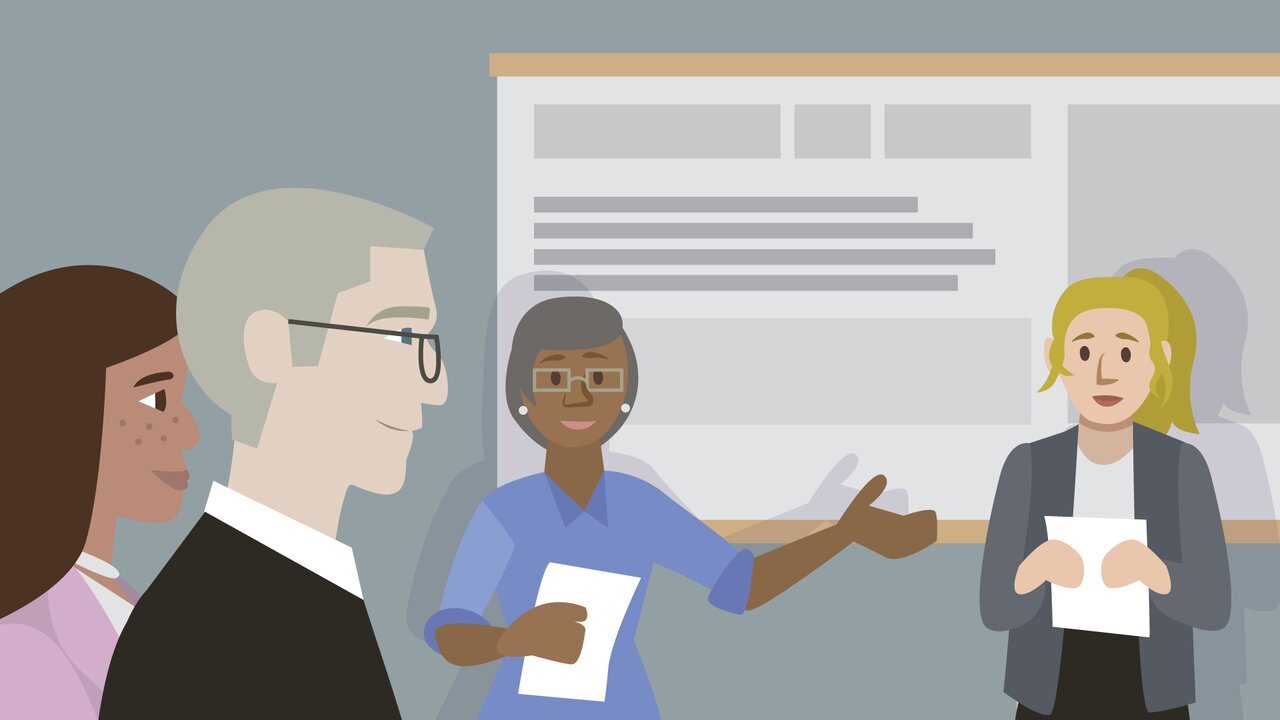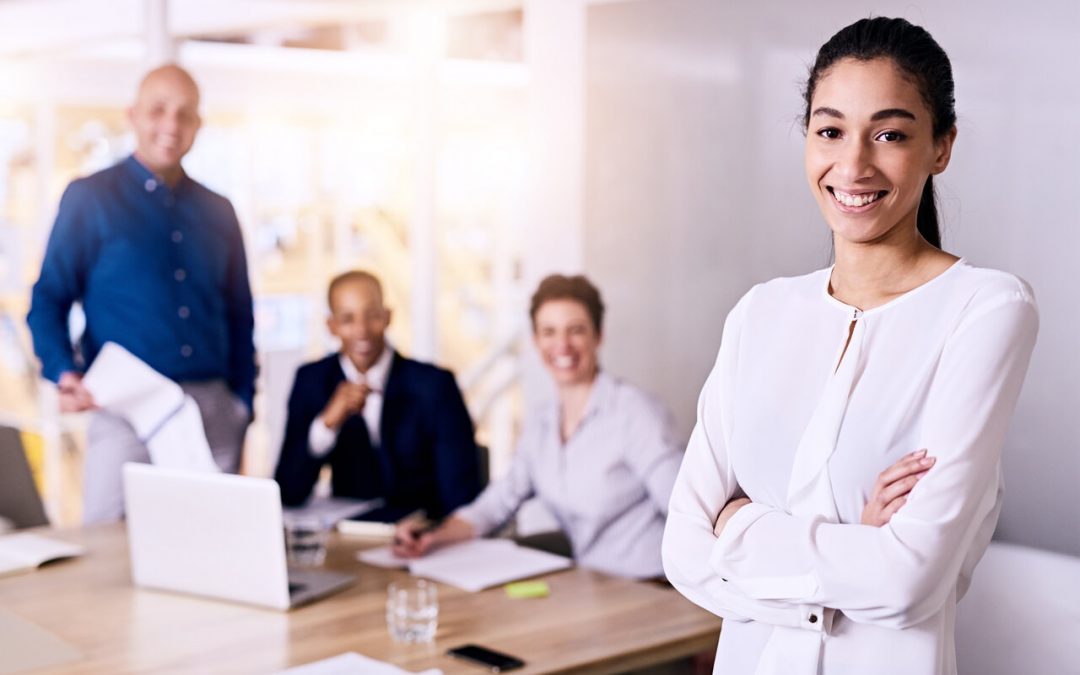
The Art of Effective Leadership
Today’s changing times have hit organizations with numerous roadblocks. To continuously overcome these obstacles is tiresome, especially when you are a leader. Whether it’s drafting up ideas on how to pivot your organization or ideating methods to motivate your team members, the list is endless. The effect of leadership style on employee performance is significant, and with a never-ending to-do list, today’s leaders need a refresh on what effective leadership looks like.
The Art of Effective Leadership
What are the actions and characteristics of effective leadership that you embody?
One essential trait that exceptional leaders possess is emotional intelligence. The key to effective leadership is the ability to manage your emotions and use them like data to make well-informed decisions. Effectively managing your emotions can result in stronger soft skills to propel your team forward, such as improved stress management and better communication.
When leaders tune into their emotions, they connect at a deeper level – their hearts. Once connected at the heart of others, you’ll gain an understanding of their needs and wants, and can tailor your leadership style to what works best for each employee depending on their motivation and competency on the task at hand.
Tapping into your emotional intelligence opens the door to the art of effective leadership and management skills. With all that being said, what are some effective leadership communication strategies you can employ?
Be Intentional: Sketch Out Your Plan
As the trend of employees looking for purposeful work rises, so does the need for intentional leadership. Your team members want to understand the purpose behind their responsibilities and tasks.
For example, when assigning a project to your team members, remember to share the why behind their task. Will this project lead to increased revenue streams? More brand awareness? Once the intention is set, share your goal with your team to foster a culture of transparency. When the team is connected on a shared mission, the motivation to reach it skyrockets.
If you’re struggling to find purpose, look back to your company mission, vision, and values. These are the guiding principles behind your organization; they shape the work you and your team do. Find a way to connect your actions back to your company’s goals; it will shift your work to become more meaningful and purposeful, uniting your entire organization to achieve your collective objectives.
Invest in Your Team: Add Splashes of Colour
Your organization’s most important asset is your human capital, therefore it is critical to show your team that you care for them. Think about it – Your team is responsible for carrying out the daily operations that enable your company to operate.
Without a team, all responsibilities would solely fall onto you, the leader, which would snowball into a tremendous workload. Invest in your team by discovering what they need to be successful.
Whether it’s giving recognition in your team meeting or writing thank you cards, there are countless ways to show appreciation. There is no one-size-fits all approach to appreciation, so find the way your team members want to be appreciated. Once you discover their preferences, you can determine your course of action. However, showing appreciation for your team members is just the tip of the iceberg in investing in your team. In addition to discovering their preferred method of appreciation, it’s also important to create an employee experience that reflects what they need.
Unlocking your team members’ motivations is vital to leadership as you can align their duties with their inner drive and goals. For example, if a team member is interested in project management, empower them through shadowing a senior project manager or letting them take the lead on an upcoming project. While this may seem like a small task to you, it can mean so much to your people; it shows how you genuinely care. When your team feels appreciated and knows how much you care, they are more likely to stay and be fully committed and engaged with your organization. Remember, like Theodore Roosevelt said, “people don’t care how much you know until they know how much you care.”
Resilience: Turn the Unexpected into a Masterpiece
If the past year has taught us anything, it’s to expect the unexpected. The global pandemic was unpredictable and forced us to change course in both our personal and professional lives. Leaders responded by pivoting their organizations to match the current situation. For example, when in-store shopping was no longer safe, retail leaders found ways to implement proper safety measures to remain open.
Today’s leaders need to know how to bounce back and shift their course when faced with setbacks. If not, the obstacle will directly impact your organization’s competitive edge and bottom-line. Building resilience within your team is crucial; it’s your organization’s ticket to success and survival.
At the core, resilience begins with leadership – leaders need to instill resilience within their team. When the leader is resilient, it’ll echo across the organization and team members will follow suit. One way to develop resilience is to create a roadmap and contingency plan for your goals. Devise ideas on how you’ll reach your goals, but also think of alternative options if things were to go wrong. Involve your entire team in the process, whether it be holding goal setting meetings or asking for feedback, to collectively enhance your company’s resiliency.
When your team is resilient, they’ll learn how to adapt to any situation and come back stronger from any obstacle. The truth is, change is bound to occur, so it only makes sense to train your team to be prepared for it.
Effective Leadership: Make Your Mark
Times have changed, and leaders are moving at a much faster pace, and are confronted with issues more complex and diverse than ever. Effective leadership skills begin with the leader exploring and becoming aware of what their personal and organizational values are; values are a leader’s GPS on how to lead authentically. Then, leaders need to live by those values and demonstrate them to their people everyday; leadership is not only about the leader themselves, but also how they treat and care for others.
When effective leaders are present in the workplace, the entire company benefits. In addition to higher employee retention rates and increased team engagement, a resilient and strong leadership team forms, motivated to achieve and surpass the goals of the organization.
To learn more about effective team leadership and how it impacts your organization, sign up for our biweekly newsletter here, where you will receive our latest updates, an inventory of resources, and much more!
If you need help in mastering the art of effective leadership? Book a call with us here; we’d love to listen and provide support in any way we can.
And don’t forget to follow us on Twitter, Facebook, or Linkedin to keep up with our latest blogs!

















